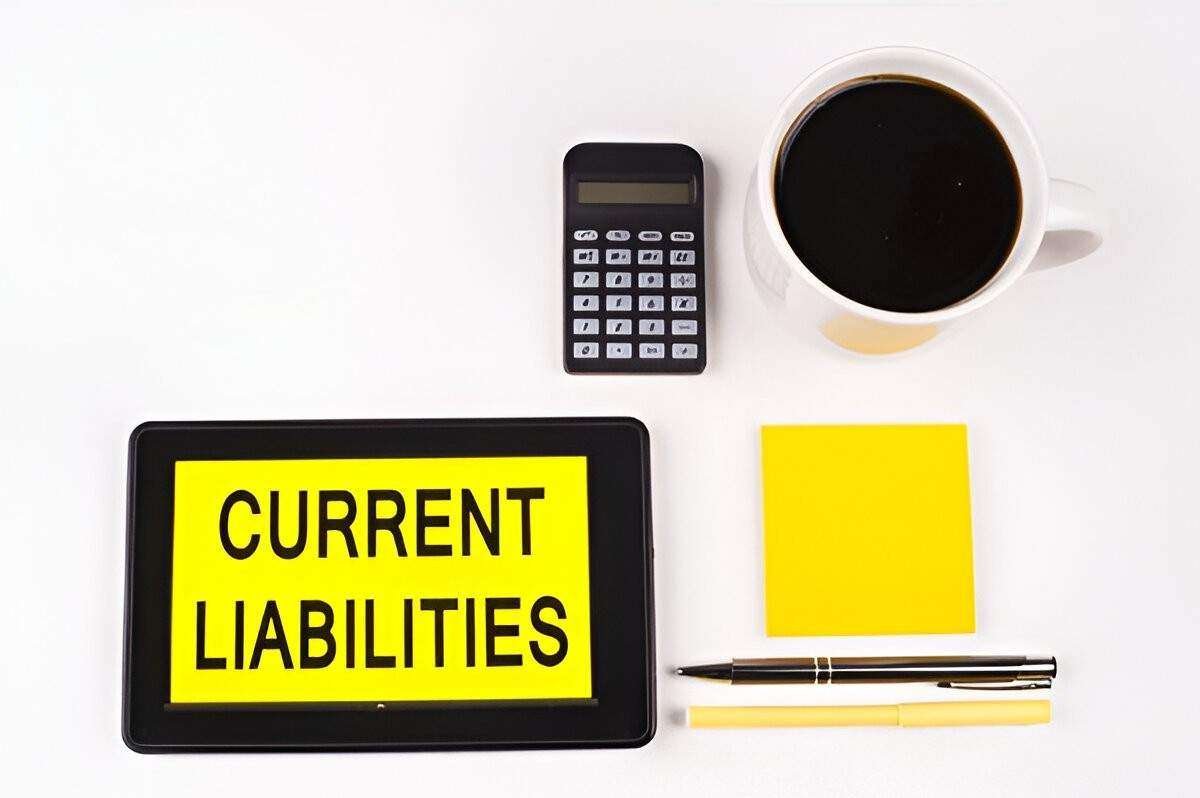Current liabilities are a crucial concept in accounting and finance. They represent the short-term debts and obligations that a company must pay within a year. Understanding current liabilities helps businesses manage their finances effectively and ensures they can meet their short-term commitments. In this article, we will explain current liabilities in simple terms, provide references, and give an example to help you understand this concept better.
Table of Contents
What are Current Liabilities?
Definition
Current liabilities are financial obligations that a company is expected to settle within one year. These liabilities arise from various business activities, such as purchasing goods on credit, taking short-term loans, and accruing expenses.
Examples
Common examples of current liabilities include:
- Accounts payable: Money owed to suppliers for goods and services purchased on credit.
- Short-term loans: Loans and borrowings that must be repaid within a year.
- Accrued expenses: Expenses that have been incurred but not yet paid, such as salaries and utilities.
- Unearned revenue: Money received in advance for services or products to be delivered in the future.
- Taxes payable: Taxes owed to the government that are due within a year.
Why are Current Liabilities Important?
Managing Cash Flow
Managing cash flow is essential for any business. By understanding current liabilities, a company can ensure it has enough cash or liquid assets to meet its short-term obligations. Proper management of current liabilities helps prevent liquidity issues and financial distress.
Assessing Financial Health
Assessing financial health involves analyzing a company’s ability to pay off its short-term debts. This analysis is crucial for investors, creditors, and management. A company with a high level of current liabilities relative to its current assets may face difficulties in meeting its obligations, indicating potential financial problems.
Strategic Planning
Understanding current liabilities helps businesses in strategic planning. It allows companies to plan for upcoming payments, manage working capital efficiently, and avoid unnecessary borrowing. Effective management of current liabilities contributes to overall financial stability and growth.
Components of Current Liabilities
Accounts Payable
Accounts payable represent the money a company owes to its suppliers for purchases made on credit. Managing accounts payable involves tracking due dates and ensuring timely payments to maintain good relationships with suppliers and avoid late fees.
Short-Term Loans
Short-term loans are borrowings that must be repaid within a year. These loans can be used for various purposes, such as financing inventory purchases or covering temporary cash shortages. It’s important to manage short-term loans carefully to avoid high-interest costs and repayment issues.
Accrued Expenses
Accrued expenses are costs that a company has incurred but not yet paid. Examples include salaries, interest, and utilities. These expenses are recorded as current liabilities because they represent obligations that will be settled in the near future.
Unearned Revenue
Unearned revenue is money received from customers in advance of delivering goods or services. This liability represents an obligation to fulfill the terms of the contract. As the company delivers the goods or services, the unearned revenue is recognized as income.
Taxes Payable
Taxes payable are taxes owed to the government that are due within a year. This includes income taxes, sales taxes, and payroll taxes. Proper management of taxes payable is crucial to avoid penalties and interest charges.
Example of Current Liabilities
Let’s consider an example to illustrate current liabilities:
Company ABC has the following current liabilities on its balance sheet:
- Accounts Payable: $50,000
- Short-Term Loans: $30,000
- Accrued Expenses: $20,000
- Unearned Revenue: $10,000
- Taxes Payable: $5,000
The total current liabilities for Company ABC amount to:
\$50,000 + \$30,000 + \$20,000 + \$10,000 + \$5,000 = \$115,000
This means that Company ABC has $115,000 in obligations that it must settle within the next year. To meet these obligations, the company needs to ensure it has sufficient current assets, such as cash, accounts receivable, and inventory.
Key Considerations in Managing Current Liabilities
Timely Payments
Making timely payments is crucial for maintaining good relationships with suppliers and avoiding late fees. Companies should have a system in place to track due dates and manage cash flow effectively to ensure timely payments.
Balancing Short-Term and Long-Term Debt
Companies need to balance short-term and long-term debt to maintain financial stability. Relying too heavily on short-term debt can lead to liquidity issues, while excessive long-term debt can increase interest costs and financial risk.
Monitoring and Reporting
Regular monitoring and reporting of current liabilities are essential for maintaining control over a company’s financial obligations. Accurate financial reporting helps in making informed decisions and ensures compliance with accounting standards.
Conclusion
Understanding current liabilities is fundamental for managing a company’s short-term financial health. By recognizing and effectively managing these obligations, businesses can ensure they meet their commitments, maintain good supplier relationships, and avoid financial difficulties. Regular monitoring and strategic planning are key to maintaining a healthy balance between current liabilities and current assets, contributing to overall financial stability and growth.





